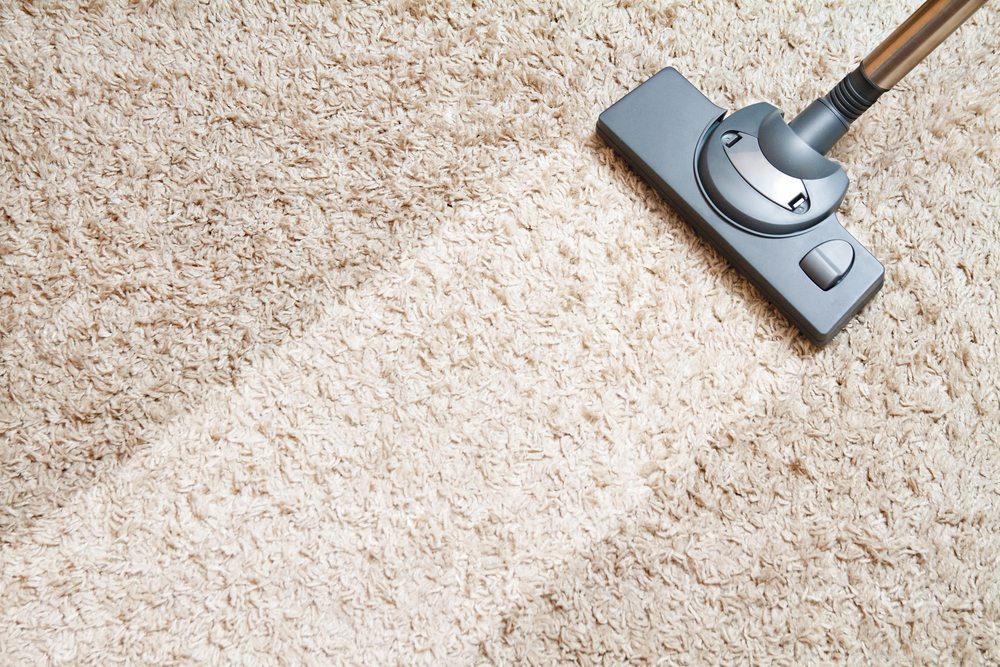How to Dry Wet Carpet After Flood or Water Damage
Table of Contents
A flooded home can be a nightmare, especially when water soaks into your carpets. If not addressed quickly, a wet carpet can lead to mold growth, unpleasant odors, and even structural damage.
As restoration professionals we recommend taking quick action once this is observed. Acting fast is crucial to minimize damage and restore your home to its original condition.
Steps On How to Dry Wet Carpet After Flood or Water Damage
In this guide, we’ll walk you through the essential steps to dry wet carpet effectively after a flood.
Step 1: Ensure Safety First
Before attempting to dry wet carpet, prioritize safety:
Turn Off Electricity – If water has reached electrical outlets or appliances, shut off the power to avoid electrocution.
Wear Protective Gear – Floodwater may contain sewage or harmful bacteria. Wear gloves, boots, and a mask.
Identify the Water Source – Determine if the water is clean (from a burst pipe) or contaminated (sewage or stormwater). Contaminated water may require professional cleaning.
Step 2: Remove Standing Water
The longer water sits, the more damage it causes. Here’s how to remove excess water:
Use a Wet/Dry Vacuum – A shop vac is ideal for sucking up large amounts of water. Move slowly over the carpet to extract as much as possible.
Towels & Mops – If you don’t have a vacuum, use absorbent towels or a mop to soak up water. Wring them out frequently.
Bucket & Sponge – For smaller areas, a sponge can help soak up remaining moisture.
Step 3: Lift and Remove the Carpet (If Possible)
If the carpet is severely soaked, you may need to pull it up to dry the padding and subfloor:
Detach the Carpet from Tack Strips – Carefully lift the edges of the carpet from the tack strips along the walls.
Roll It Up for Drying – Move the carpet to a dry, well-ventilated area or hang it outside (if weather permits).
Remove the Padding – Carpet padding acts like a sponge and often needs replacement after flooding. Discard it if it’s soaked.
Note: Some carpets are glued down instead of stretched. In this case, professional help may be needed.
Step 4: Dry the Subfloor
Even if the carpet appears dry, moisture underneath can cause mold and warping:
Use Fans & Dehumidifiers – Position high-powered fans to circulate air over the subfloor. A dehumidifier helps remove excess moisture from the air.
Open Windows – If humidity outside is low, open windows to improve ventilation.
Check for Warping – Wood subfloors may swell or warp. If damage is severe, consult a professional.
Step 5: Clean and Disinfect the Carpet
Floodwater can leave behind bacteria, mold spores, and odors:
Steam Clean or Shampoo – Use a carpet cleaner with hot water and an antimicrobial solution.
DIY Disinfectant Solution – Mix white vinegar and water (1:1 ratio) or use a mild detergent. Avoid harsh chemicals that may damage fibers.
Treat Mold & Mildew – If mold is present, use a solution of bleach and water (1 cup bleach to 1 gallon water) but test on a small area first.
Step 6: Dry the Carpet Completely
Even if the surface feels dry, moisture may linger deep within:
Use Air Movers & Blowers – Industrial fans speed up drying.
Continue Dehumidifying – Keep a dehumidifier running for at least 24-48 hours.
Check Moisture Levels – A moisture meter can confirm when the carpet is fully dry (ideal moisture level is below 16%).
To Dry Wet Carpet after water damage – Call the experts on 207-531-1200

Step 7: Reinstall or Replace the Carpet
Once everything is dry:
Replace Padding – If the old padding was removed, install new padding before re-laying the carpet.
Stretch & Reattach – Secure the carpet back onto the tack strips and trim excess if necessary.
Consider Professional Help – If the carpet is severely damaged or mold persists, replacement may be necessary.
Preventing Future Carpet Flood Damage
To avoid future issues:
Fix Leaks Promptly – Repair broken pipes, roof leaks, or foundation cracks.
Install a Sump Pump – If flooding is common in your area, a sump pump can help redirect water.
Use Waterproof Underlayment – For basements or flood-prone areas, consider moisture-resistant padding.
When to Call a Restoration Professional
While DIY methods work for minor water spill on your carpet, consider professional help if:
- Your house got flooded or had water damage
- The water is contaminated (sewage, chemicals, etc.).
- Mold growth is widespread.
- The subfloor is severely damaged.
- The carpet cannot be salvaged.
For expert carpet cleaning and water damage restoration in Maine, contact PuroClean of Auburn at 207-531-1200. Their team specializes in flood recovery and can help restore your carpets and home safely and efficiently.
Finally, drying a wet carpet after a flood or water damage requires quick action to prevent mold and structural damage.
By following these steps—removing water, lifting the carpet, drying the subfloor, and disinfecting—you can save your carpet and protect your home. If the damage is extensive, don’t hesitate to call a water damage restoration company like PuroClean of Auburn for professional assistance.
Act fast, stay safe, and restore your home efficiently!



